Table of Contents
- How Much Parsley Flakes Equals Fresh Parsley? (The Exact Ratio)
- Flavor Differences: Parsley Flakes vs Fresh Parsley
- When to Use Parsley Flakes vs Fresh Parsley
- Perfect Cooking Applications for Parsley Flakes
- Storage Tips to Maximize Freshness and Flavor
- Nutritional Comparison: Flakes vs Fresh Parsley
- How to Choose the Best Organic Parsley Flakes
- Frequently Asked Questions
How Much Parsley Flakes Equals Fresh Parsley? (The Exact Ratio)
If you're wondering how much parsley flakes equals fresh parsley, the standard conversion ratio is 1:3. Specifically, 1 teaspoon of parsley flakes equals 1 tablespoon (3 teaspoons) of fresh chopped parsley. This ratio works for most recipes, but understanding why this conversion exists will help you adjust for best results in your cooking.
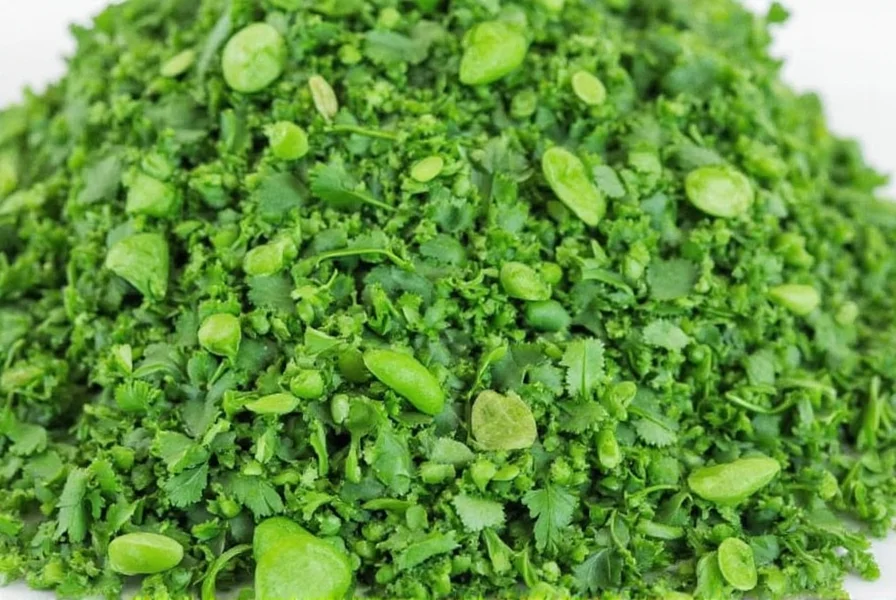
The reason for this ratio is simple: fresh parsley contains about 85-90% water, which evaporates during the drying process. When parsley is dried into flakes, the remaining material becomes more concentrated in flavor compounds. However, because dried herbs don't have the same volume as fresh, you need less dried product to achieve similar flavor intensity.
Pro chef tip: For soups, stews, and sauces where flavor development matters most, use a slightly higher ratio of 1 teaspoon flakes to 2.5 tablespoons fresh parsley. For finishing dishes or garnishes, stick with the standard 1:3 ratio.
Flavor Differences: Parsley Flakes vs Fresh Parsley
Understanding the flavor differences between parsley flakes and fresh parsley is crucial for successful substitution. While fresh parsley has bright, grassy notes with a slight peppery bite, dried parsley flakes develop a more mellow, earthy flavor profile with subtle citrus undertones.
When substituting, keep in mind that dried herbs generally take longer to release their flavors. This is why adding parsley flakes early in the cooking process (rather than at the end like fresh) yields better results. The heat and moisture gradually rehydrate the flakes, allowing their flavor to integrate smoothly into your dish.
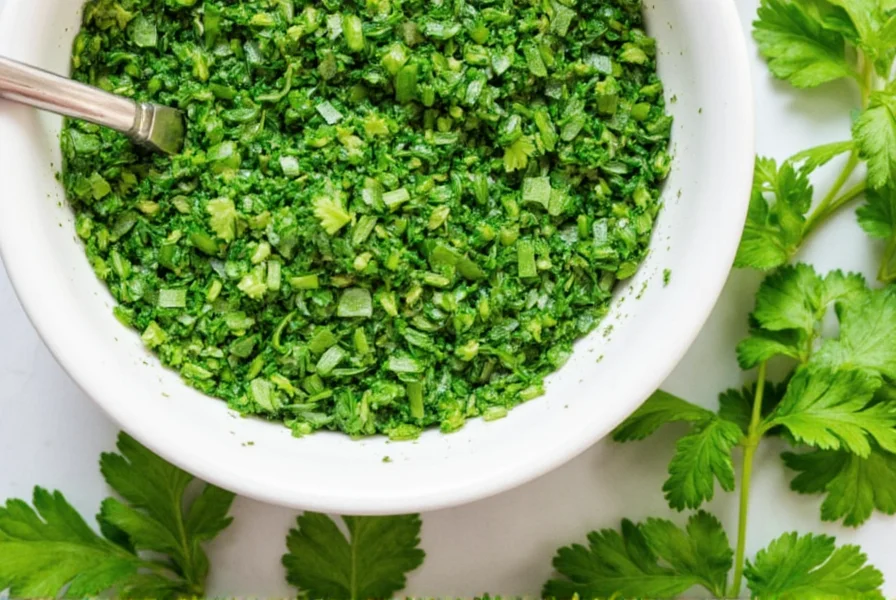
Flavor Comparison Table
| Characteristic | Parsley Flakes | Fresh Parsley |
|---|---|---|
| Flavor Intensity | Mild to moderate (more concentrated per volume) | Strong and bright (but diluted by water content) |
| Best Added | Early in cooking process | At the end of cooking or as garnish |
| Ideal For | Soups, stews, baked goods, spice blends | Garnishes, salads, fresh salsas, finishing dishes |
| Flavor Release Time | 5-10 minutes in liquid | Immediate |
When to Use Parsley Flakes vs Fresh Parsley
Knowing when to reach for parsley flakes versus fresh parsley can make or break your dish. Here's a practical guide based on cooking applications:
- Use parsley flakes when: Making soups, stews, sauces, baked goods, or spice rubs where extended cooking time allows flavors to develop
- Use fresh parsley when: Creating garnishes, salads, fresh salsas, or finishing dishes where bright, immediate flavor is desired
- Can substitute either when: Making egg dishes, roasted vegetables, or marinades where flavor integration is important but appearance matters less
For the best results, consider combining both: add parsley flakes early for flavor foundation and fresh parsley at the end for brightness. This technique works especially well in complex dishes like coq au vin or beef bourguignon.
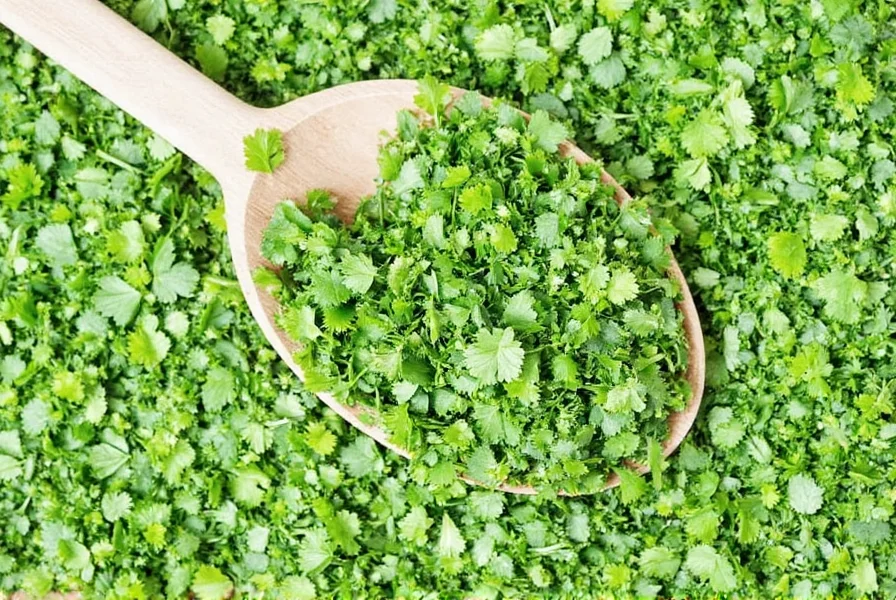
Perfect Cooking Applications for Parsley Flakes
Now that you know how much parsley flakes equals fresh parsley, let's explore specific applications where flakes shine:
Detailed Conversion Guide for Common Dishes
- Tomato-based sauces: 1/2 teaspoon flakes = 1.5 tablespoons fresh (add when sautéing aromatics)
- Casseroles: 3/4 teaspoon flakes = 2.25 tablespoons fresh (mix with other dry ingredients)
- Meatloaf/meatballs: 1 teaspoon flakes = 3 tablespoons fresh (add with breadcrumbs)
- Roasted vegetables: 1/2 teaspoon flakes = 1.5 tablespoons fresh (toss with oil before roasting)
- Bread dough: 3/4 teaspoon flakes = 2.25 tablespoons fresh (add with dry ingredients)
Advanced technique: For maximum flavor extraction, 'bloom' your parsley flakes by adding them to hot oil for 30 seconds before adding other ingredients. This releases essential oils and creates a flavor base that permeates your entire dish.
Storage Tips to Maximize Freshness and Flavor
Proper storage dramatically affects how well your parsley flakes perform as a fresh parsley substitute. Here's what the experts recommend:
- Air-tight container: Store in a glass jar with tight-sealing lid (not the original plastic bag)
- Cool, dark place: Keep away from stove, sunlight, and humidity sources
- Freezer storage: For longest shelf life (up to 18 months), store in freezer in air-tight container
- Test for freshness: Rub a small amount between fingers - if aroma is weak, it's time to replace
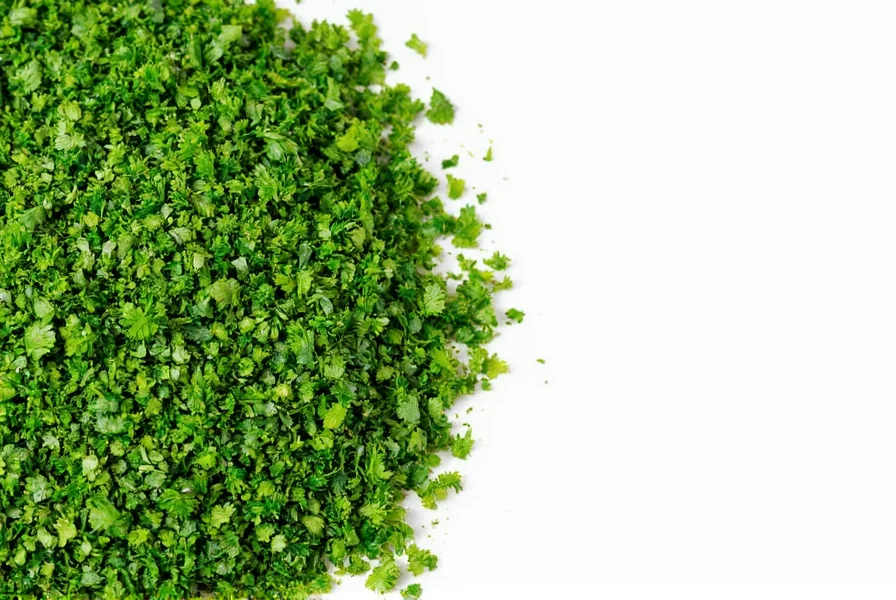
Remember that properly stored parsley flakes maintain their substitution ratio effectiveness for 6-12 months. After that, you'll need to use slightly more flakes to achieve the same flavor intensity as fresh parsley.
Nutritional Comparison: Flakes vs Fresh Parsley
Many home cooks wonder if the nutritional value changes when substituting parsley flakes for fresh. The answer is nuanced:
- Vitamin K: Flakes actually contain more per volume (1 tsp flakes = 80% DV vs 1 tbsp fresh = 40% DV)
- Vitamin C: Fresh has more initially, but flakes retain vitamin C better during cooking
- Antioxidants: Drying concentrates some antioxidants while reducing others
- Fiber content: Flakes provide slightly more dietary fiber per serving
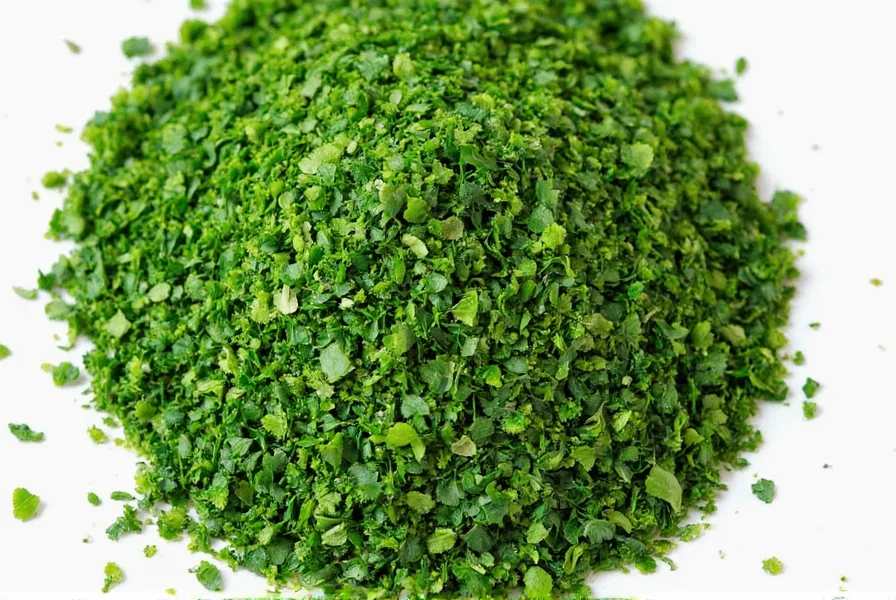
When substituting, remember that while the nutritional profile changes slightly, both forms deliver significant health benefits. The key is using the proper conversion ratio to ensure you're getting comparable nutritional value.
How to Choose the Best Organic Parsley Flakes
Not all parsley flakes work equally well as fresh substitutes. When shopping, focus on these quality indicators:
Quality Assessment Criteria
- Color: Vibrant green (dull or yellow indicates age)
- Texture: Uniform flakes without excessive powder or clumping
- Aroma: Strong herbal scent when rubbed between fingers
- Ingredient list: Should contain only parsley (no fillers or anti-caking agents)
- Packaging: Opaque container or resealable bag to protect from light
Top Quality Organic Options
When evaluating products for substitution accuracy, these brands consistently deliver reliable 1:3 conversion ratios:
- McCormick Organic Parsley Flakes: Most consistent flavor profile for accurate substitution, ideal for beginners
- Simply Organic Dried Parsley: Premium quality with excellent color retention, best for professional results
- Frontier Co-op Organic Parsley Flakes: Best value option that maintains reliable conversion ratios
Frequently Asked Questions
How much dried parsley equals fresh in recipes?
The standard conversion is 1 teaspoon of dried parsley flakes equals 1 tablespoon (3 teaspoons) of fresh chopped parsley. This 1:3 ratio works for most cooking applications, though you may need to adjust slightly based on recipe type and personal taste preferences.
Can I use parsley flakes instead of fresh in all recipes?
You can substitute parsley flakes for fresh in most cooked dishes, but not all. Flakes work well in soups, stews, sauces, and baked goods where they have time to rehydrate. They're less suitable for raw applications like salads or as a last-minute garnish where fresh parsley's bright flavor and texture are essential.
Why does my parsley flakes substitution taste different?
Dried parsley has a more mellow, earthy flavor compared to fresh parsley's bright, grassy notes. If your substitution tastes different, you may need to adjust the timing (add flakes earlier in cooking) or quantity (try 1.25 tsp flakes for 1 tbsp fresh). Proper storage also affects flavor intensity.
How do I make parsley flakes taste more like fresh parsley?
For closer flavor matching, try these techniques: 1) Bloom flakes in hot oil for 30 seconds before using, 2) Add a pinch of lemon zest to brighten the flavor, 3) Combine with a small amount of fresh oregano or chives, 4) Use the 'bloomed' flakes in liquid-based dishes where rehydration occurs during cooking.
Do parsley flakes lose potency over time?
Yes, parsley flakes gradually lose potency. Properly stored, they maintain good flavor for 6-12 months. After this time, you'll need to use more flakes to achieve the same flavor intensity. Test freshness by rubbing a small amount between your fingers - if the aroma is weak, it's time to replace your supply.
What's the best way to measure parsley flakes for substitution?
For accurate measurements, spoon flakes into your measuring spoon and level off (don't pack). For critical recipes, consider weighing: 1 teaspoon of parsley flakes weighs approximately 0.5 grams. This precision ensures consistent substitution results, especially important in baking and delicate sauces.











 浙公网安备
33010002000092号
浙公网安备
33010002000092号 浙B2-20120091-4
浙B2-20120091-4